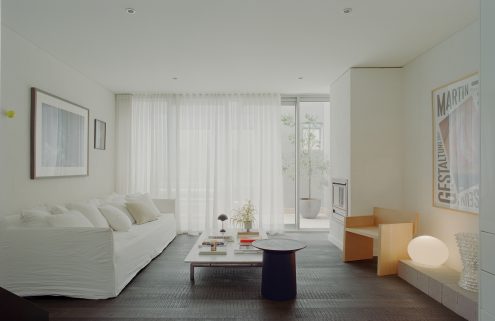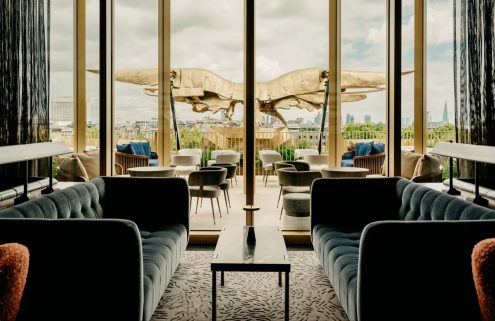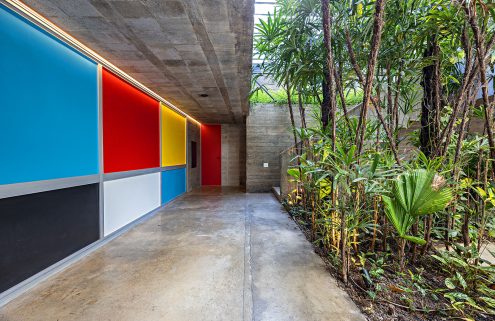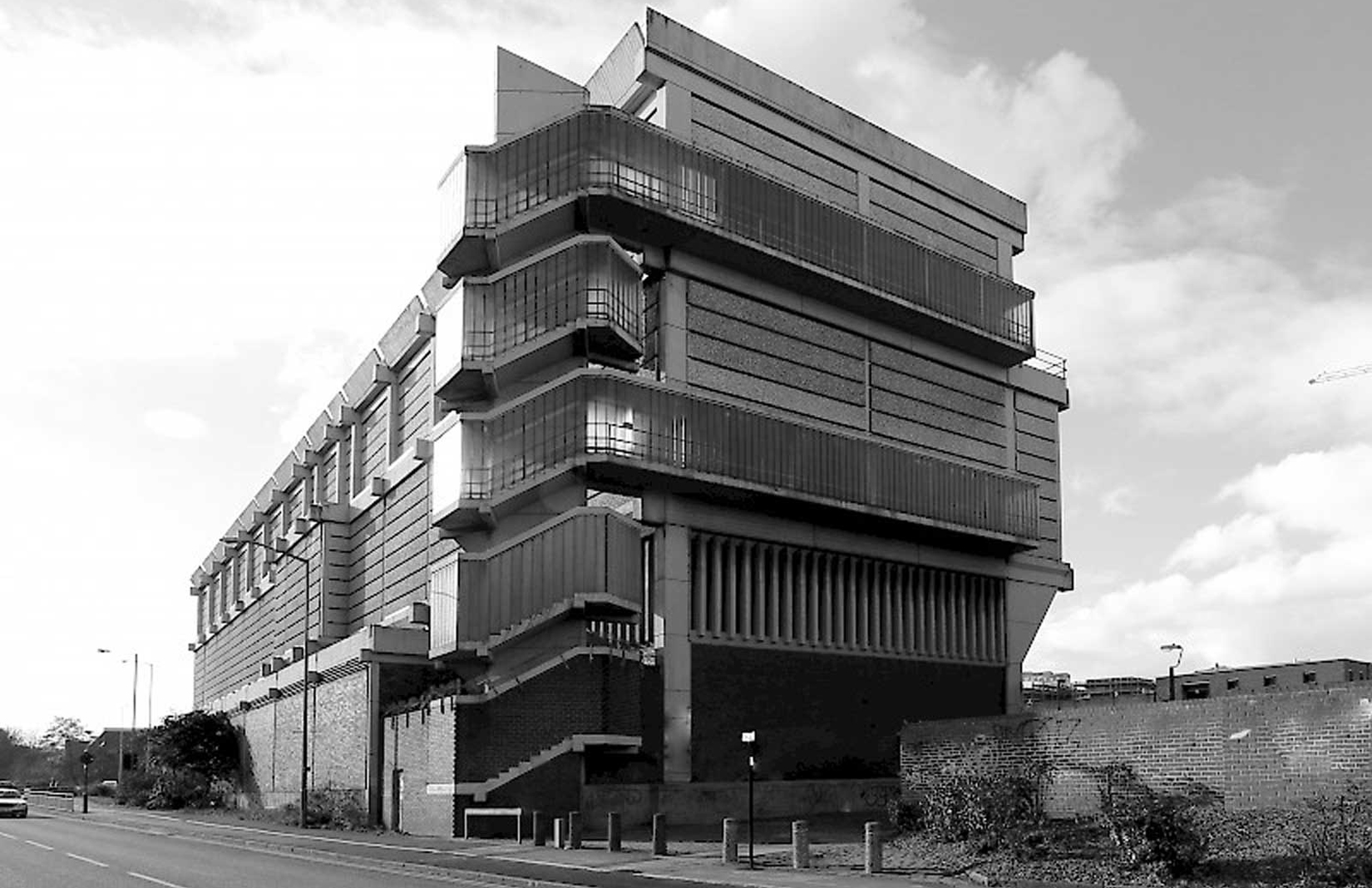Conceived as an ‘exploded’ group show, the 2016 Art Sheffield festival has indeed blown like a conceptual force through off-kilter sites across the city. Alongside a smattering of independent and institutional galleries, venues include an electricity substation, two former pubs on a housing estate, a metal workshop, an ex-cutlery works and an old industrial building once used as a funeral parlour.
Take a tour of the spaces here.

Moore Street Substation
Designed by Jefferson Sheard Architects in 1968, Sheffield’s Brutalist landmark houses Steven Claydon’s sound and video installation Infra-Idol Assembly. The work is accessed via the building’s glass-panelled spiral staircase and occupies a cavernous and atmospheric rooftop section that echoes with a soundtrack amplified through a plate reverb unit, built around a suspended sheet of Sheffield steel.

Installation view of Steven Claydon at Moore Street Substation. Photography: Jules Lister / courtesy of Art Sheffield

121 Eyre Street
This warehouse and studio space once housed a funeral parlour, and is currently home to a method-acting studio, among other enterprises. Richard Sides makes full use of the building’s atmospherics with a multimedia installation that includes prone, blanket-covered ‘corpses’ and mysterious taped-up parcels that wouldn’t look out of place in Scarface.
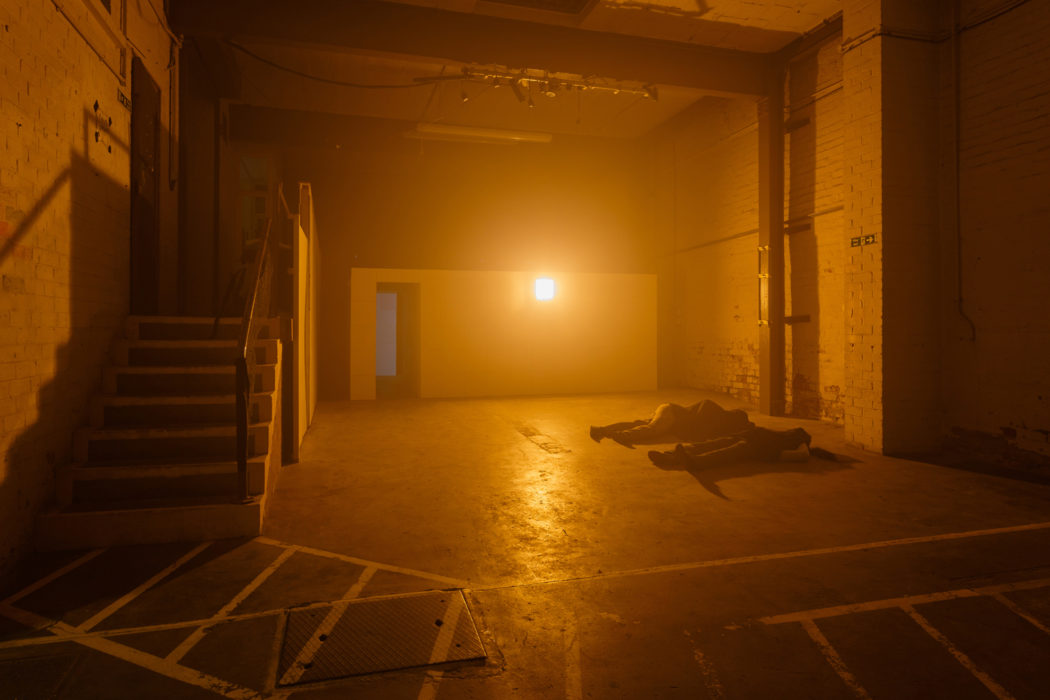
Installation view of Richard Sides at 121 Eyre Street. Photography Jules Lister / courtesy of Art Sheffield
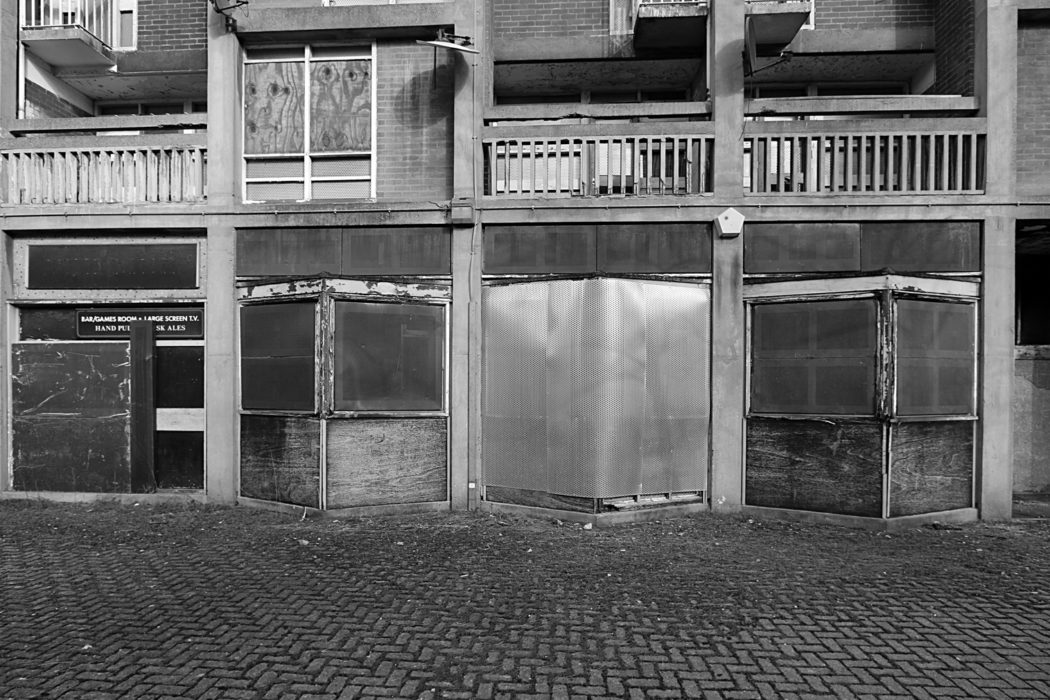
The Link Pub
The defunct Link is one of four pubs on the Park Hill housing estate, designed by architects Jack Lynn and Ivor Smith, and constructed on the site of slum housing between 1957 and 61. The structure of Park Hill was designed to echo that of the neighbourhood that it replaced, with wide decks and communal seating areas in the residential sections, and shops and pubs at street level.
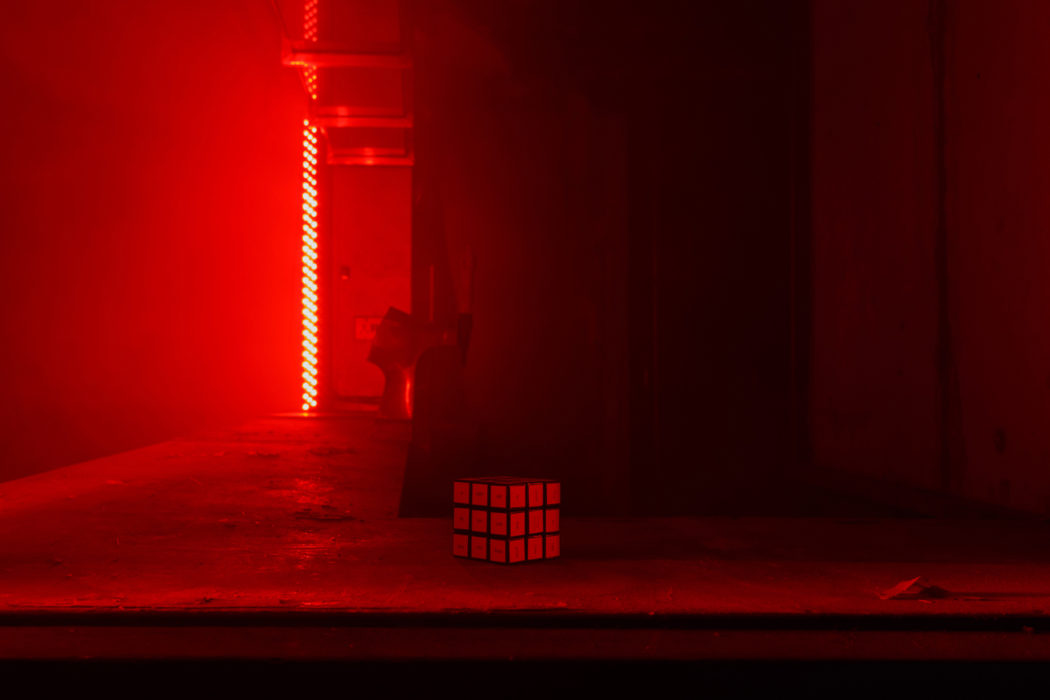
Installation view of Mark Fell at The Link Pub. Photography: Jules Lister / courtesy of Art Sheffield.
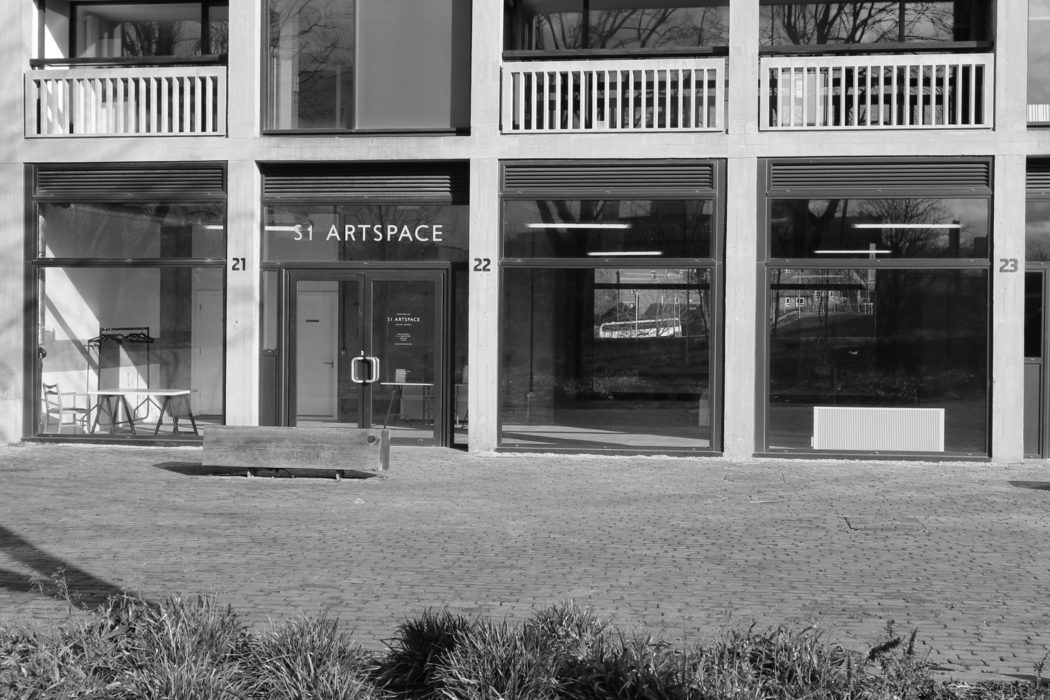
S1 Artspace
Occupying another space once home to a Park Hill pub – The Scottish Queen – S1 has a temporary home in a freshly renovated segment of the estate. The run-down New Brutalist estate was saved from demolition and granted Grade II listing in 1998. Urban Splash was given the job of returning the structure to its idealistic former glory in 2004.
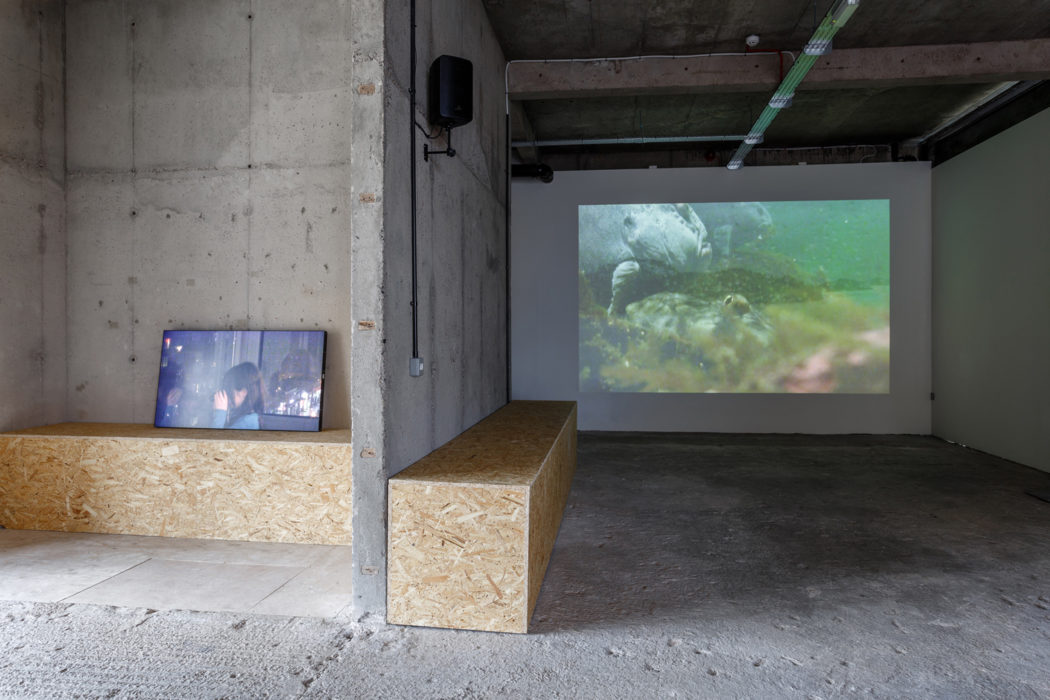
Installation view of Michel Auder at S1 Artspace. Photography: Jules Lister / courtesy of Art Sheffield
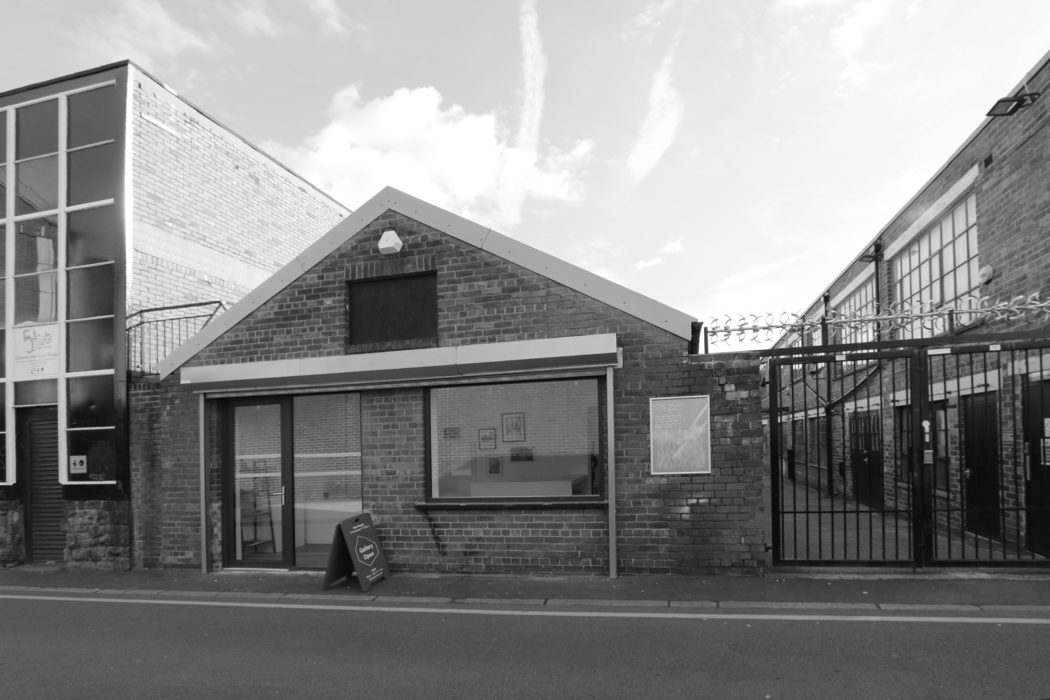
This gallery is the public face of an artist-run studio cooperative founded by graduates from the city’s art college in the late 1990s. The studio’s current site was once home to the Granton Knife Company. Bloc Projects is, appropriately enough, the site of Beatrice Gibson’s Minecraft-centric video work F For Fibonnaci.
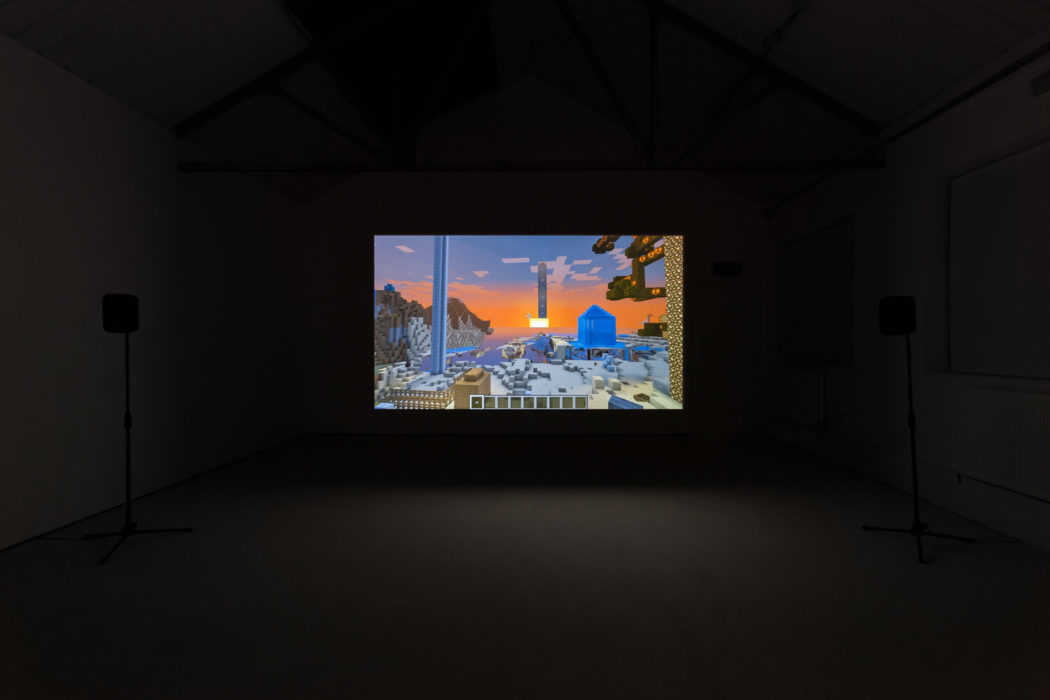
Installation view of Beatrice Gibson at Bloc Projects. Photography: Jules Lister / courtesy of Art Sheffield
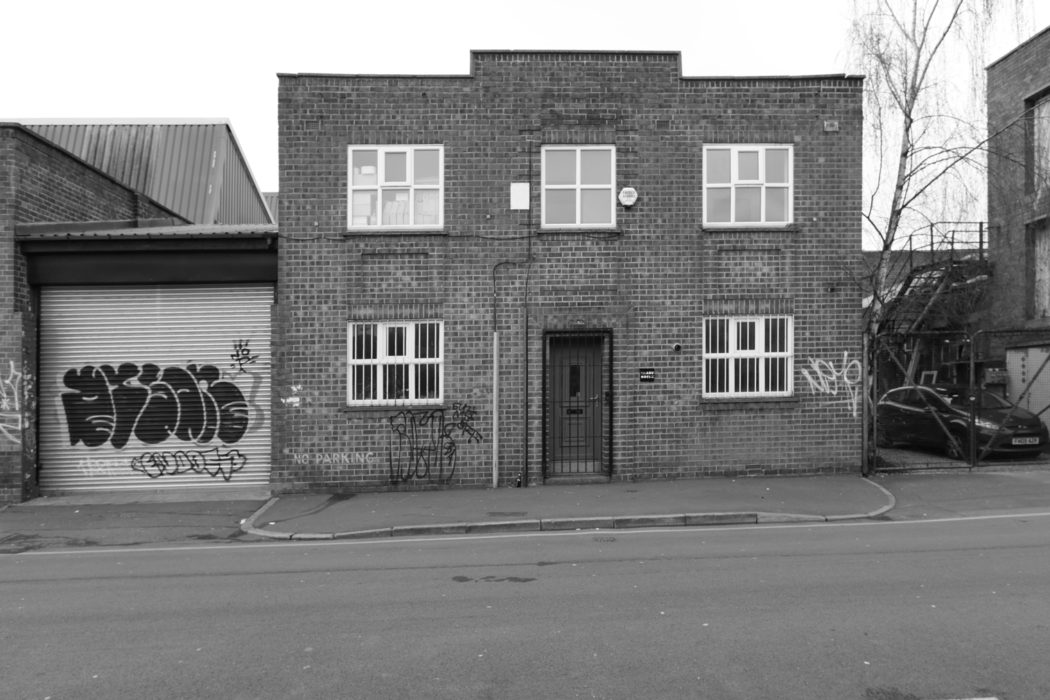
A former industrial workshop on a street still peppered with small manufacturing enterprises, this garage club-like space is an apt setting for a screening of anarchic scratch video works from the 1980s. Enjoy these counter-culture glories from a conveniently positioned old sofa while warming up with tea from the café in the adjacent unit.
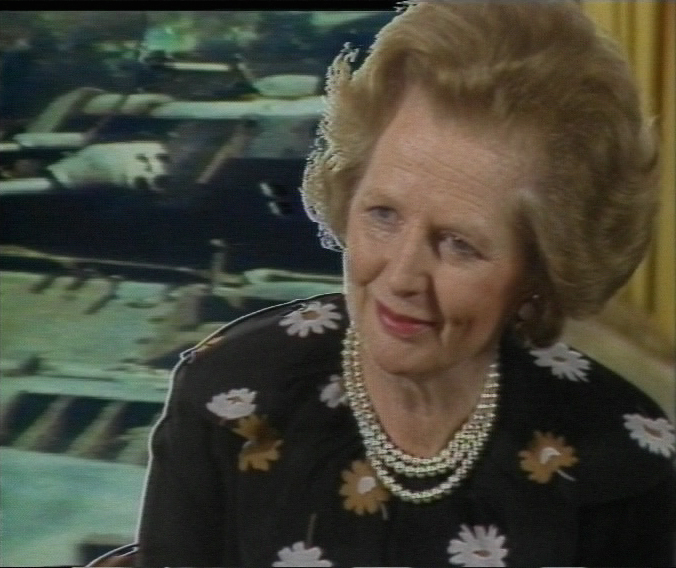
Still from Duvet Brothers, Virgin, 1985 on show at 156 Arundel Street. Courtesy the artists and LUX
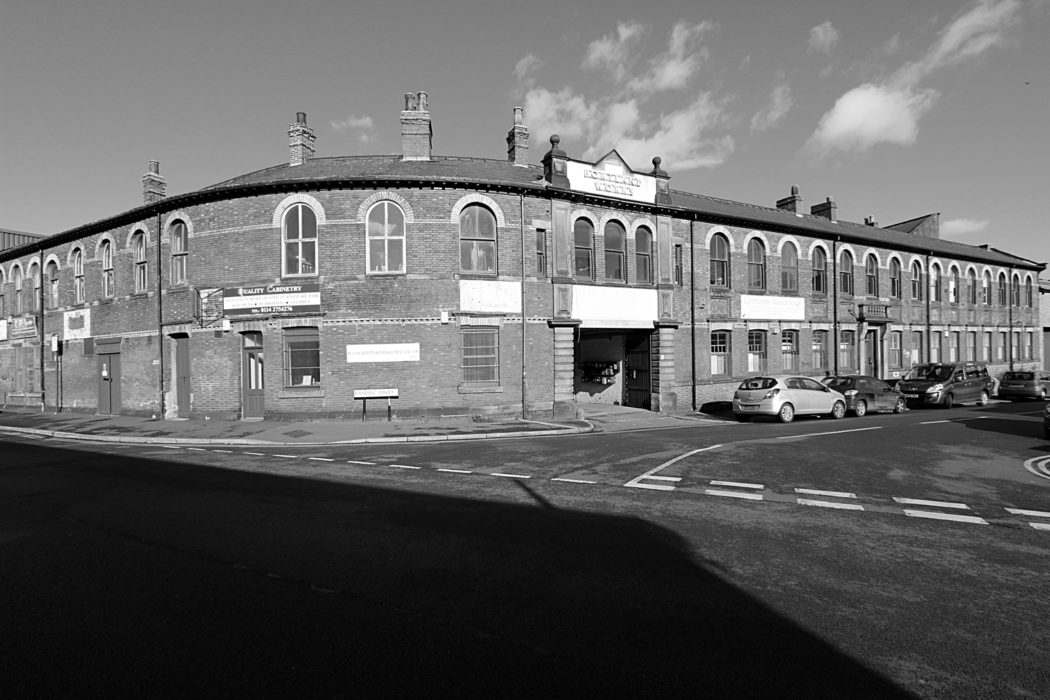
This former cutlery works was the first known production site of stainless steel, built in the late 19th century. In 2009, Portland Works was slated for conversion into flats. A community benefit society was created to raise funds to rescue the building from development. It purchased the building outright in 2013 and Portland Works is now owned and run by 470 community shareholders.
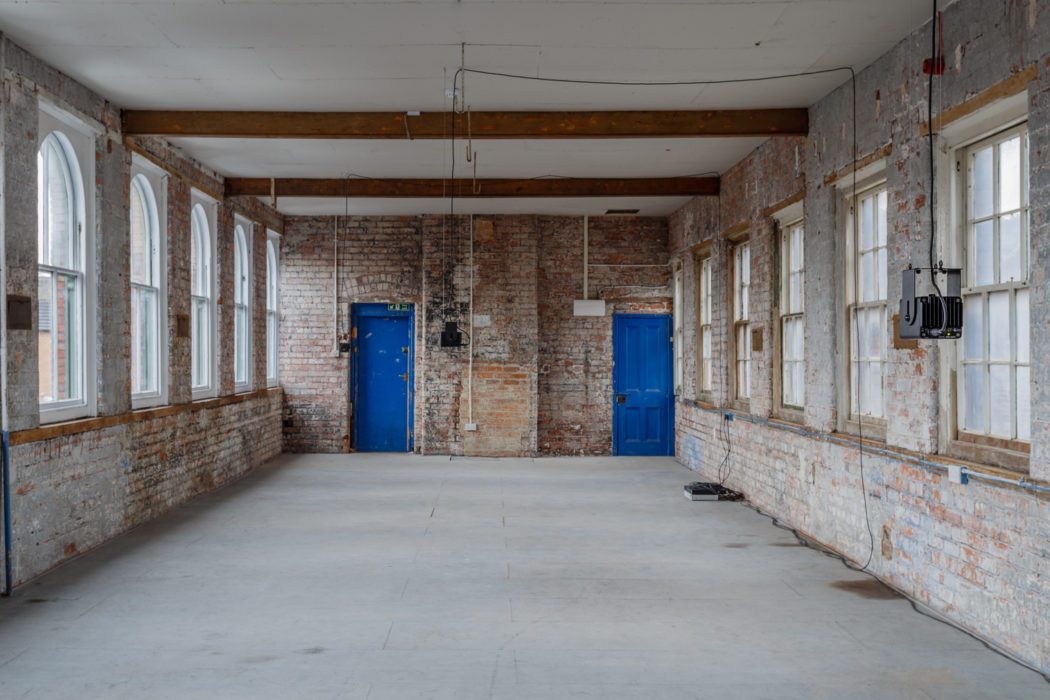
Installation view of Florian Hecker at Portland Works. Courtesy of Art Sheffield
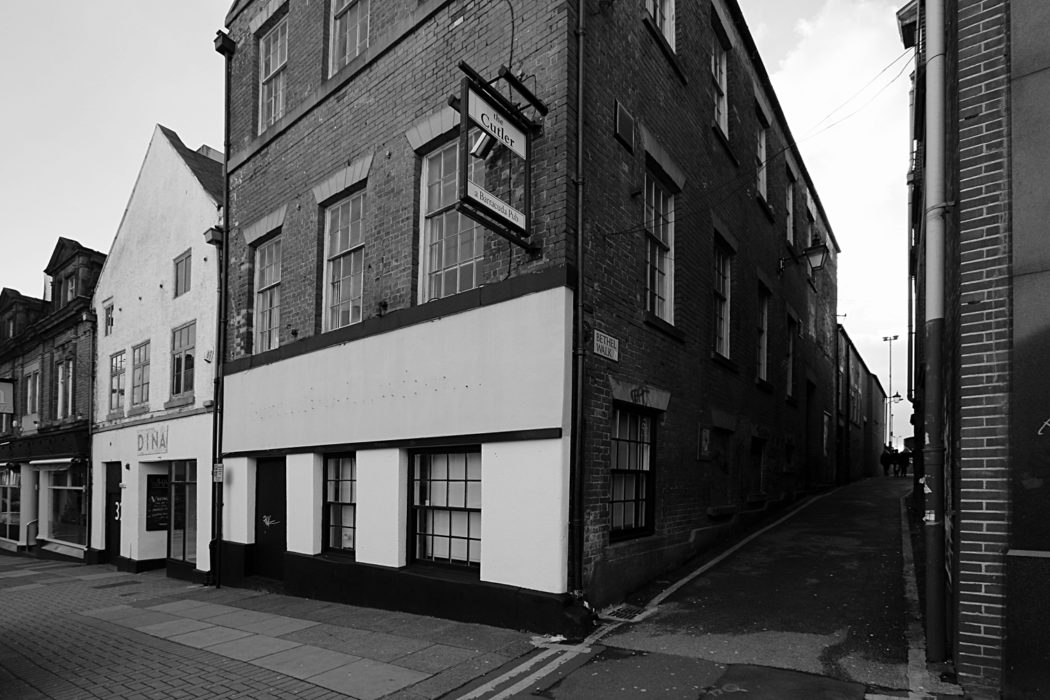
The creative and digital venue DINA – aka Digital Natives – occupies the site of a Methodist Chapel and Sunday school, later converted into a nightclub. Its distinguishing features include the unusual combination of original fixtures from the untouched Sunday school and (we are told) a revolving dancefloor. DINA opened on the site in the autumn of last year.
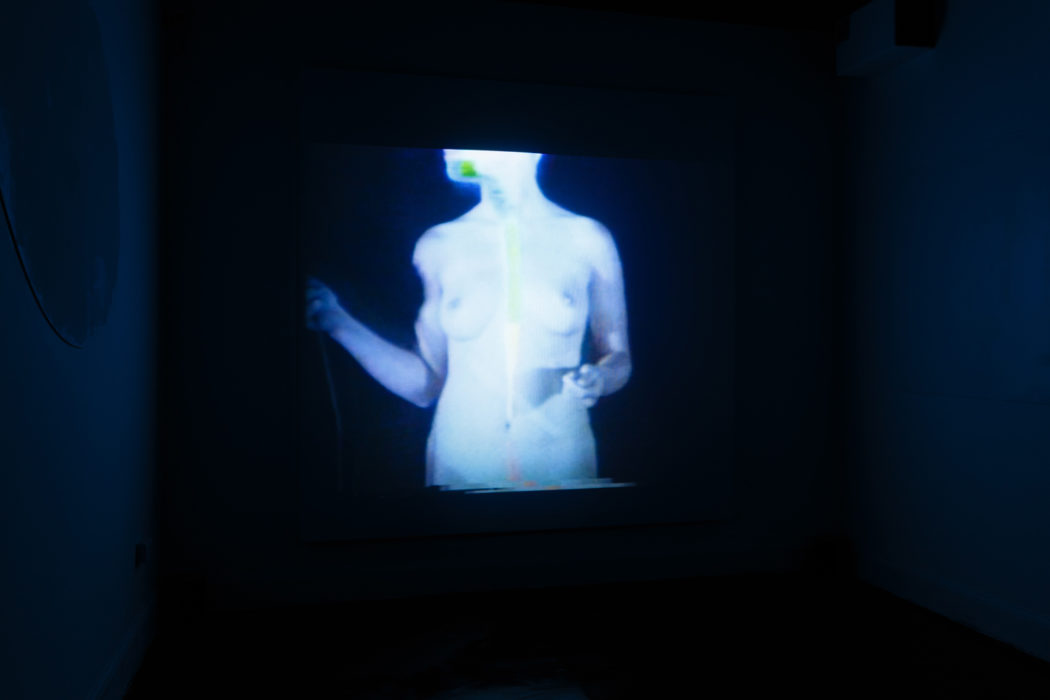
Installation view of Pat Hearn and Shelley Lake at DINA. Photography: Jules Lister / courtesy of Art Sheffield
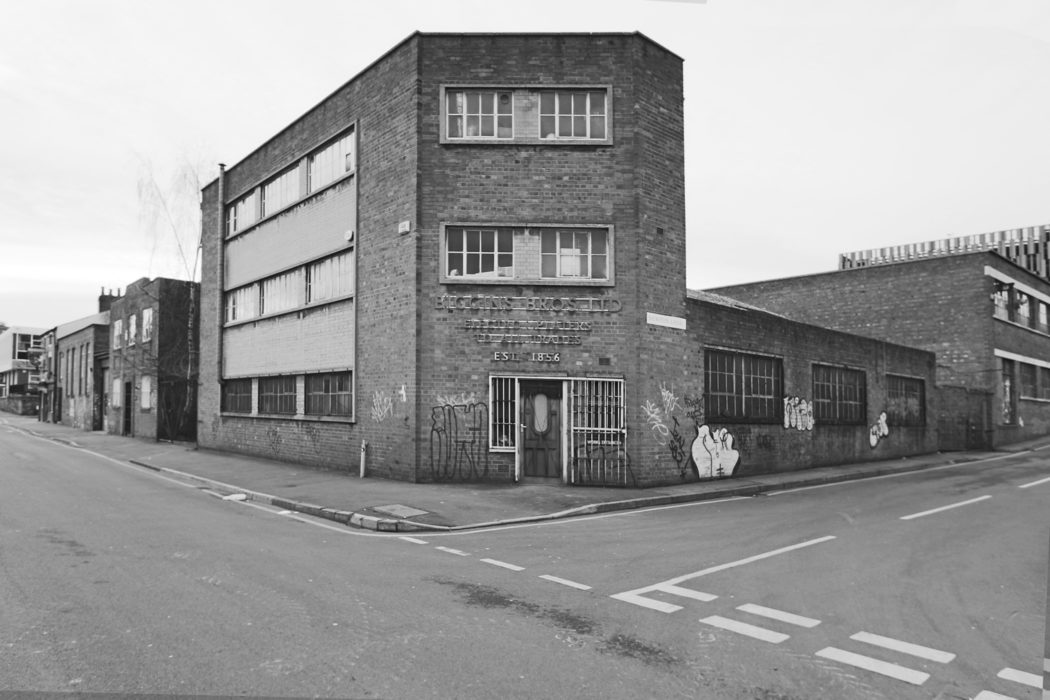
Biggins Brothers
Paul Seitsema’s 35mm film Abstract Composition is evocatively installed in a small metal works (currently used as a furniture repair shop). Here the clatter of the elaborate, antiquated 35mm projection equipment feels right at home, besides the piles of old furniture and dusty clutter.
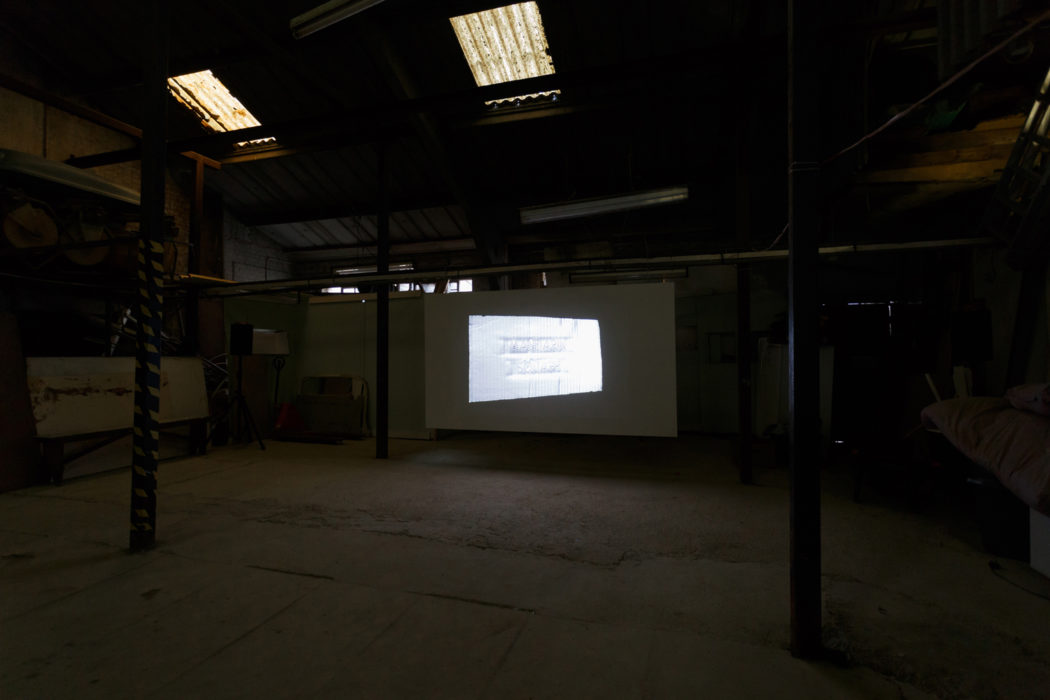
Installation view of Paul Sietsema at Biggins Brothers. Photography: Jules Lister / courtesy of Art Sheffield
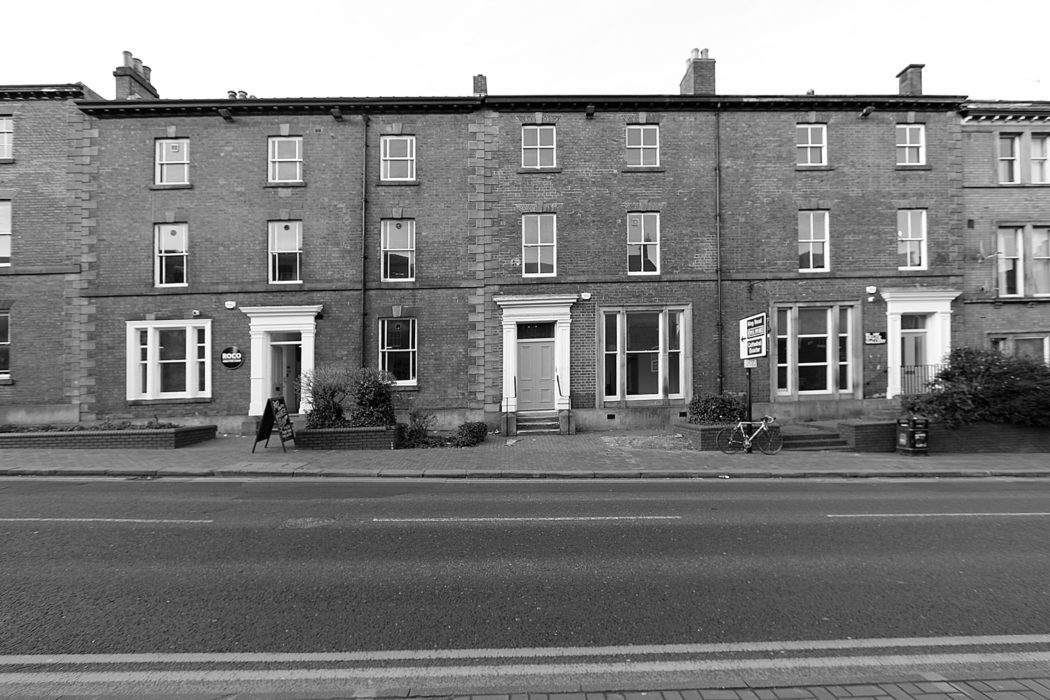
Fronted by two Grade II-listed houses near Sheffield University, ROCO is a creative cooperative that can be joined through the purchasing of community shares. The warren of multi-use spaces that spread out beyond and beneath the 1840s façade include makers’ workshops, a gallery, conference spaces and a bar serving craft beer. During Art Sheffield its BL_NK SPACE gallery is showing a sound and digital projection work by Anna Barham.
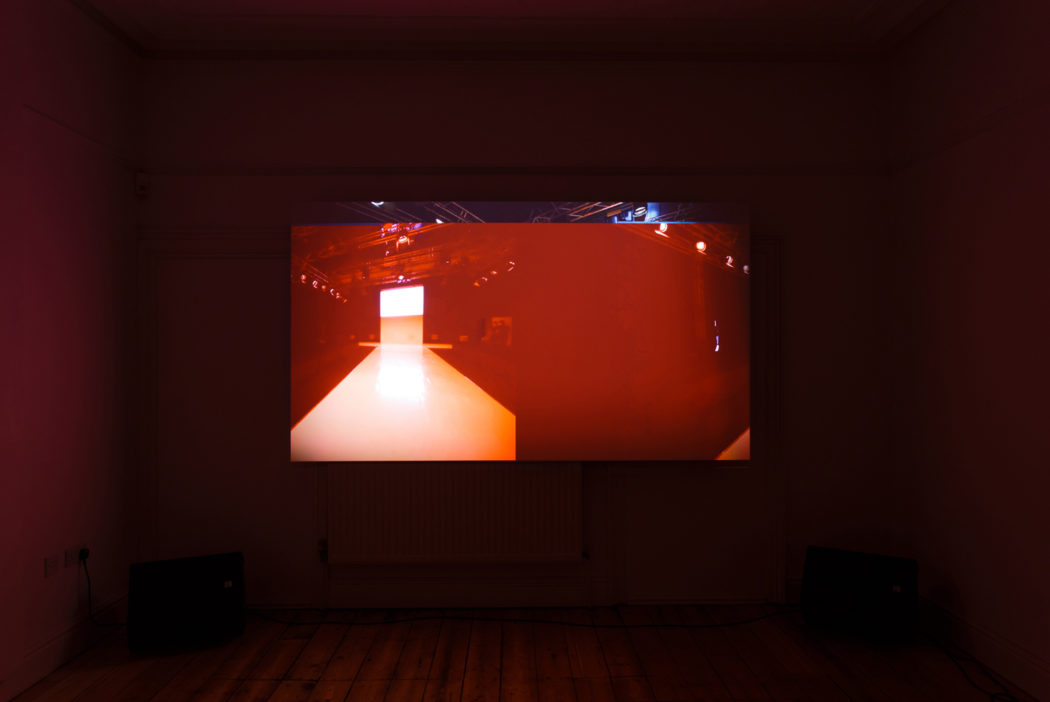
Installation view of Anna Barham in the BL_NK SPACE at The ROCO. Photography: Jules Lister /courtesy of Art Sheffield
Art Sheffield 2016 runs until 8 May
